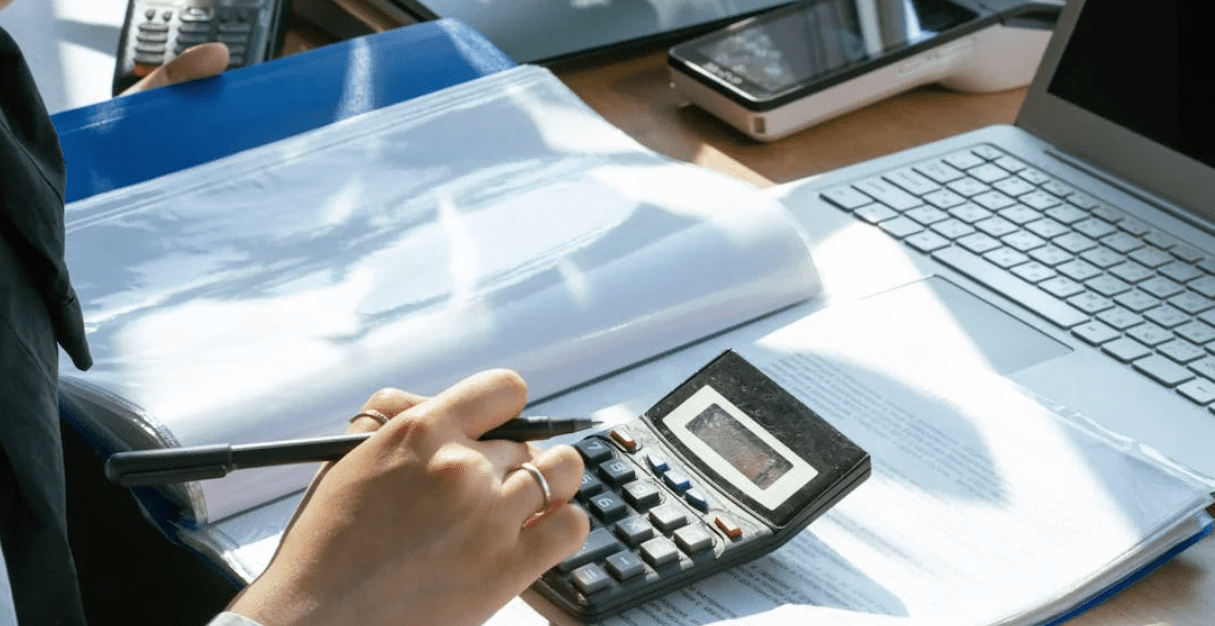Mastering the Lease Ledger: A Landlord’s Essential Tool
Mastering the Lease Ledger: A Landlord’s Essential Tool
Blog Article
Lease Ledger Guide: How to Track Tenant Payments Efficiently
Monitoring tenant funds is one of the very important areas of property management. Whether you are controlling a handful of properties or a thorough portfolio, sustaining an accurate lease ledger assures economic transparency and simplifies payment tracking. But handling tenant funds effortlessly takes a well-structured approach. Here is a concise information to getting it right.

The Significance of a Lease Ledger
A lease ledger is actually an economic history that trails rent obligations, protection deposits, late costs, and other tenant transactions. It acts as a central database for many monetary interactions between landlords and tenants. Without an adequately managed ledger, home managers risk miscalculating money, overlooking missed obligations, or producing disputes with renters. An structured lease ledger helps eliminate these risks while maintaining professionalism.
Methods for Effortlessly Checking Tenant Funds
1. Use Engineering for Reliability
Manual record-keeping might benefit just one property, but as how many products grows, it becomes impractical. Leveraging electronic instruments or simple spreadsheet themes may significantly increase accuracy. These methods usually allow you to automate continuing rent funds, create pointers for late balances, and generate studies instantly.
2. Produce a Regular Structure
A lease ledger should follow a clear and consistent format. At a minimum, your ledger will include:
• Tenant names
• Due appointments
• Quantities compensated
• Outstanding amounts
• Notes for any extra costs (e.g., maintenance expenses or late charges)
Standardizing these records assures every history is uniform and easy to interpret.
3. Check Payment Status Often
Checking your lease ledger usually guarantees you stay on top of overdue payments and can handle potential dilemmas early. Put aside time every month to reconcile payments received against what's recorded in your ledger. This training also helps in identifying trends, such as continually late-paying tenants.
4. Speak with Tenants Obviously
Accurate records suggest little if tenants aren't informed of the payment obligations. Deliver pointers for upcoming lease due times or upgrade them on any outstanding balances. Clear conversation reduces misconceptions and encourages timely payments.
5. Record Every thing
Every payment built, whether partial or full, must certanly be reported immediately in the ledger. Checking every exchange guarantees both parties have a research point in the event of disputes. Even small facts, such as for instance waived late expenses or adjusted funds, should be entered in to the record.

Final Thoughts
An effective lease ledger not merely simplifies tenant cost administration but additionally gives reassurance for landlords and property managers. By integrating obvious structures, leveraging electronic resources, and sustaining correct documents, you are able to begin a seamless program that reduces problems and forms better tenant relationships. Begin controlling your obligations better today and set the inspiration for long-term financial stability! Report this page